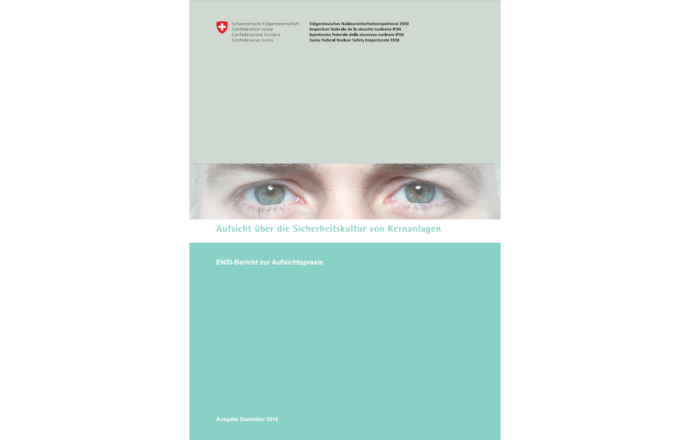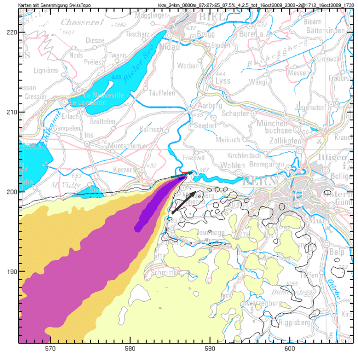
The aim of emergency preparedness is to protect the affected people and their livelihoods, to care for the population affected over a limited period of time and provide them with bare necessities, and to limit the consequences of an event.
This objective requires that protective actions are planned and prepared for the population, animals and the environment, and implemented in the event of an incident. Detailed preparations in the emergency preparedness and hazard zones are necessary for the ordering and performance of immediate actions that are specified by each nuclear installation.
There are two emergency preparedness zones around each nuclear installation: one emergency preparedness zone 1 with a radius of three to five kilometres and an emergency preparedness zone 2 with a radius of about 20 kilometres. The two Beznau and Leibstadt NPP sites share the emergency preparedness zones 1 and 2. The Paul Scherrer Institute and Zwilag have a special hazard zone.
The zone plans are managed by ENSI as the minimum geodata model “Zone plans for emergency planning” (in German) (GeoIV identifier 178, download as ZIP file) and are also published on the ENSI web portal at https://nfo.ensi.ch/ (in German).
Further Information
- The maps are available on the geoportal of the federal government.
- Notfallschutzzonenkonzept mit Gefahrensektoren (in German)



